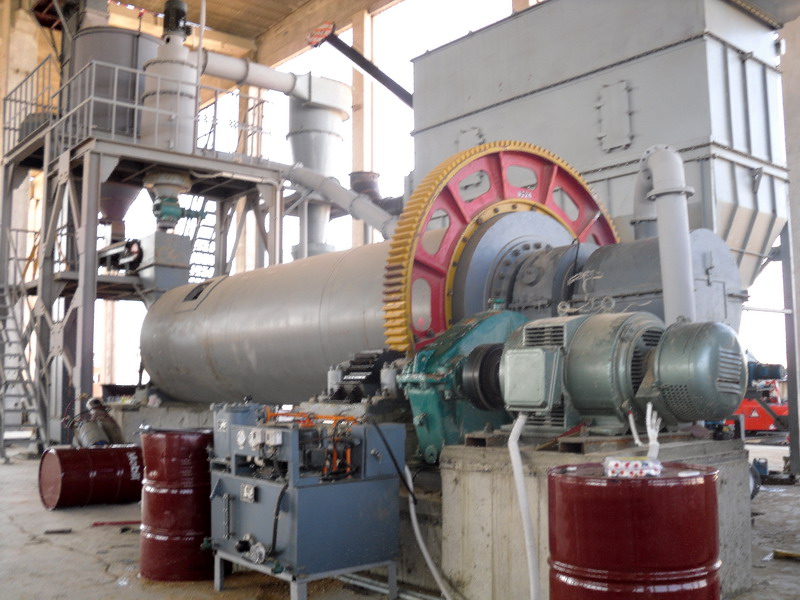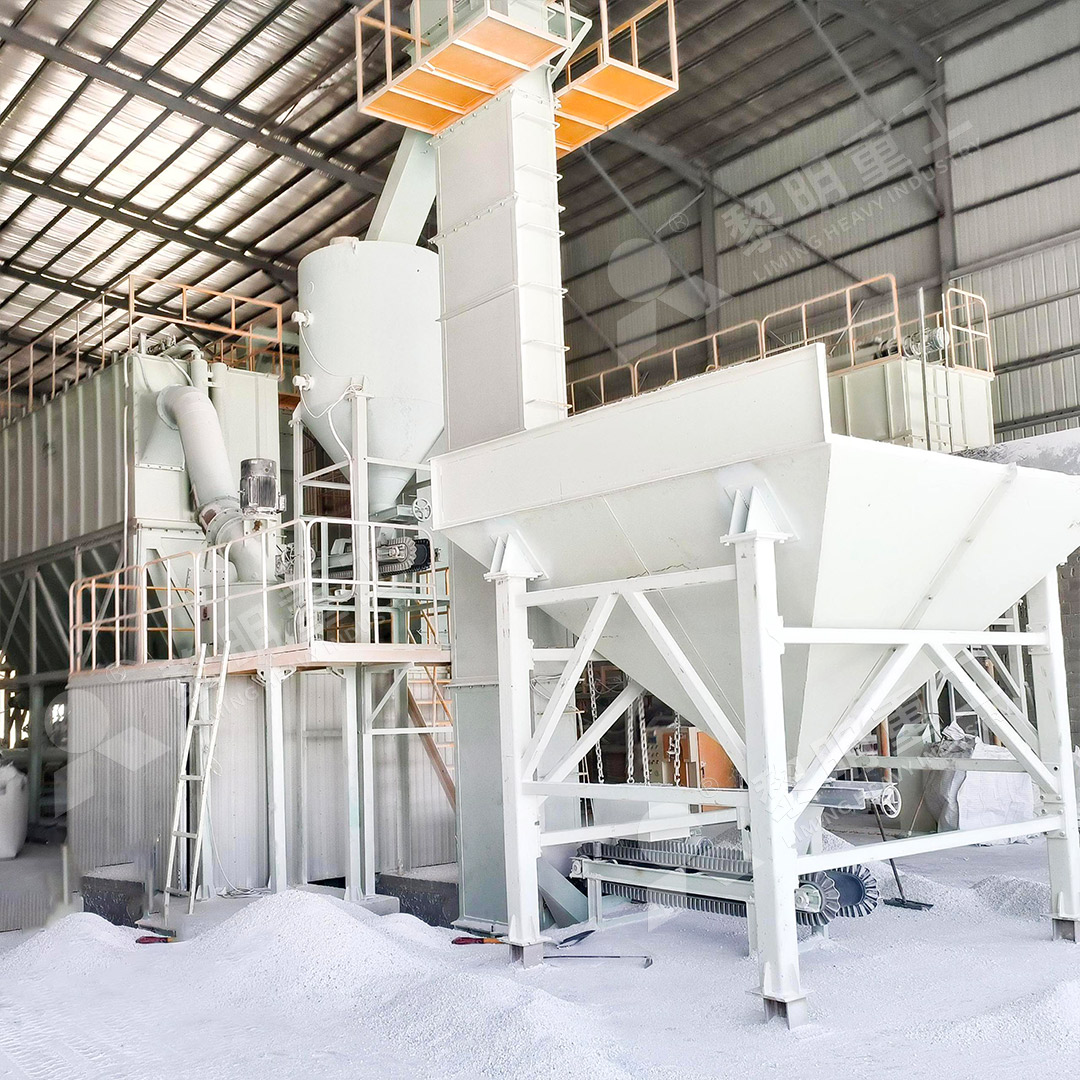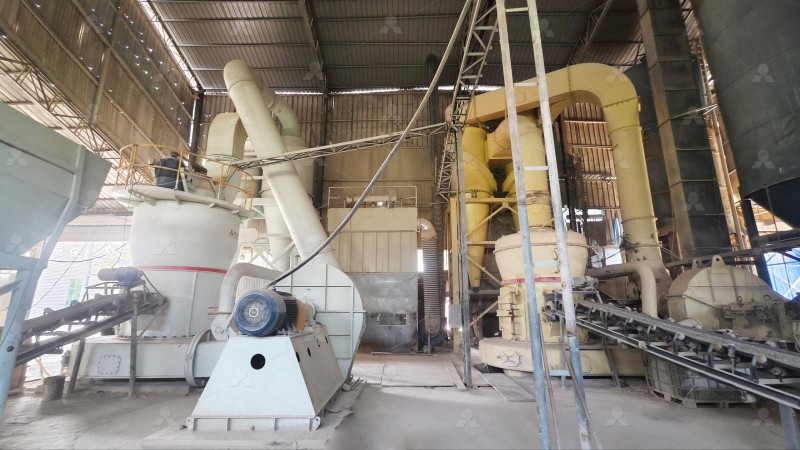Ball Mill Price Guide for Efficient Iron Ore Crushing Operations
Ball Mill Price Guide for Efficient Iron Ore Crushing Operations
In the mining and mineral processing industry, ball mills have long been a cornerstone for grinding and crushing operations. When it comes to iron ore processing, selecting the right ball mill can significantly impact productivity, energy efficiency, and overall operational costs. This guide explores key considerations for choosing a ball mill and highlights advanced alternatives like our MW Ultrafine Grinding Mill for ultra-fine powder production.
Why Ball Mills Remain Popular for Iron Ore Processing
Ball mills are widely used in iron ore beneficiation due to their versatility and reliability. They can handle a variety of feed sizes (typically <25 mm) and offer capacities ranging from 0.65 to 50 tph. Their simple design—featuring rotating cylinders filled with grinding media (steel balls)—ensures consistent particle size reduction through impact and attrition.

Key advantages of traditional ball mills include:
- Lower initial investment compared to advanced grinding systems
- Ability to grind both wet and dry materials
- Simple maintenance and operation
- Proven technology with widespread industry acceptance
Limitations of Conventional Ball Mills
While ball mills are effective, they do have drawbacks, particularly for modern iron ore operations demanding higher efficiency and finer product sizes:
- High energy consumption (30-40% more than vertical mills)
- Large footprint requirements
- Difficulty achieving ultra-fine grinding (below 325 mesh)
- Significant heat generation and noise pollution
Advanced Alternative: MW Ultrafine Grinding Mill
For operations requiring finer grinding or improved efficiency, our MW Ultrafine Grinding Mill presents a superior solution. With an input size of 0-20 mm and capacity of 0.5-25 tph, this system delivers remarkable advantages:

- 40% higher capacity than jet mills at the same power consumption
- Adjustable fineness between 325-2500 meshes
- Dust-free operation with integrated pulse collection system
- 30% lower energy consumption compared to traditional ball mills
The MW series is particularly effective for processing iron ore concentrates where ultra-fine grinding improves downstream separation processes. Its unique grinding chamber design eliminates rolling bearings and screws, reducing maintenance concerns and extending service life.
Cost Comparison: Ball Mill vs. Advanced Grinding Systems
While ball mills have a lower initial purchase price, total cost of ownership often favors modern systems like the MW Ultrafine Grinding Mill:
| Factor | Traditional Ball Mill | MW Ultrafine Grinding Mill |
|---|---|---|
| Energy Consumption | High (30-40 kWh/t) | Low (20-28 kWh/t) |
| Maintenance Costs | Moderate (frequent media replacement) | Low (no rolling bearings in chamber) |
| Floor Space | Large | Compact (50% reduction) |
| Final Product Fineness | Limited to ~325 mesh | Up to 2500 mesh |
Making the Right Choice for Your Operation
When selecting grinding equipment for iron ore processing, consider:
- Required final product specifications
- Available plant space
- Energy costs in your region
- Downstream processing requirements
- Environmental regulations

For operations prioritizing ultra-fine grinding or seeking to reduce energy costs, the MW Ultrafine Grinding Mill offers compelling advantages over traditional ball mills. Its advanced design delivers higher yields with lower operating costs while meeting stringent environmental standards.
Contact our technical team today to discuss how our grinding solutions can optimize your iron ore crushing operations and improve your bottom line.
